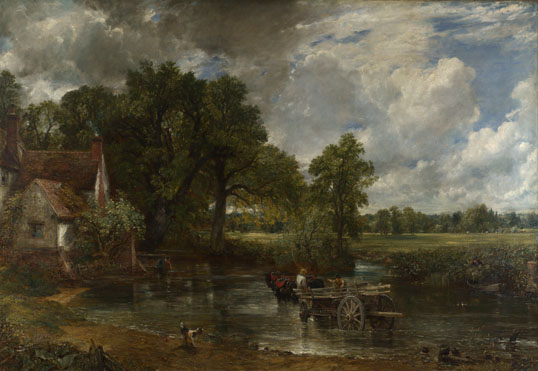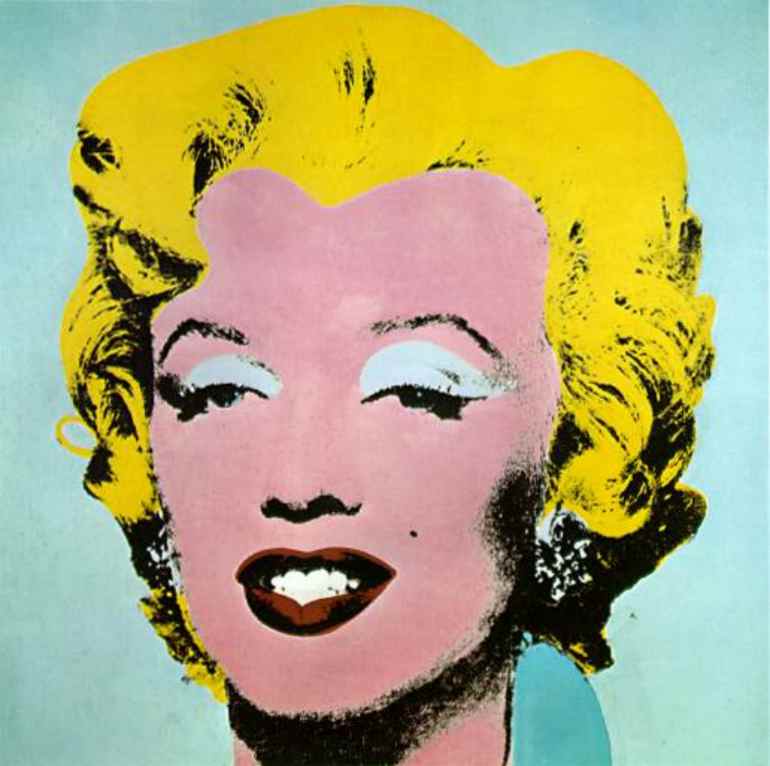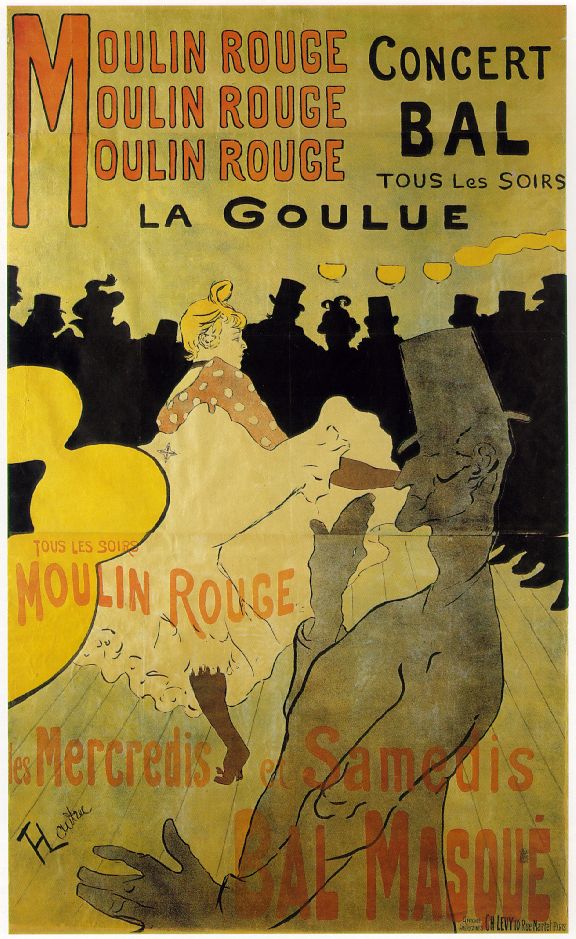HIGH CULTURE VS LOW CULTURE
Objectives:
- Understand the term 'avant garde'
- Question the way art and design education relies on the concept of being avant garde (yeah, but do they really though?)
- Understand the concept of art for arts sake
- Question the notion of genius
- Consider political perspectives relating to avant-gardism
- Question the validity of the concept 'avant-garde'
AVANT GARDE:
- Doing something that is progressive and innovating
- being avant-garde in the work you do, challenging the norm, innovating, etc.
- Being a part of a group - being a member of the avant-garde
Avant Garde Florist
Avant Garde Homes
Avantgarde Hotel
AvantGarde shoes
Marcel Duchamp
Part of the Dada movement, 'anti-art'
Fauvism - a style of Les Fauves - French for 'Wild Beasts' a movement from 1904-1908 that emphasised painterly qualities and strong colour over realistic values. Main artists were Henri Matisse and Andre Derain.
College Course information!
Visual Communication
'The second level aims to let you experiment within your chosen range of disciplines'
'Our aim is to encourage students to take a radical approach to communication'
'To be a student on the course you need to enjoy:- challenging conventions'
Printed Textiles & Surface Design
'Our aim is to provide an environment which allows you to discover, develop and express your personal creative identity through your work'
'Level one studies concentrate on... experimentation'
Interior Design
'We encourage students to challenge conventional thinking'
Furniture
'Throughout the course you will be encourage to form a personal vision and direction based upon critical self-analysis'
Fashion/Clothing
We encourage you to develop your individual creativity to the highest level...
Level one studies concentrate on... experimentation'
Art and Design (interdisciplinary)
'What will unite all your creative output will be the ability to apply your creative and technical skills in innovative ways, which you are not limited to traditional subject boundaries'
LCAD quotes prioritise certain concepts like..
- Innovation
- Experimentation
- Originality
- Creative genius (to bring out a hidden creative depth held deep within the student)
Killed himself because people didn't 'get' his art - basically an elitist view on him and his art and abit of a pretentious twonk, like alot of people were and still are.
Art for Art's Sake
By end of the 19th century - early 20th century there were 2 approached to avant-garde art:
- art this is socially commited, artists being the forward thinking voice of society and pushing forward political agendas
- Art that seeks only to expand, progress what art is. Basically making art for art's sake.
Whistler Nocturne in Black and Gold: The Falling Rocket (1875)
"Art for Arts Sae" approach dominated much thinking and practice in the 20th Century (Previous lecutres on modernism/post modernism)
Clement Greenberg ' Contemporary Artist'
Jackson Pollock - Lavender Mist (1950)
Chris Burden 'shoot' (1971) Him getting shot in the arm was the piece of art. Temporary art, unless he wants to keep getting shot, it'll never be exactly the same every time either Bit of a nutter.
Socialist Realism
Everyones favourite political Stalin rose into power and rid Russia of the previous avant-garde Consructivist movement and took it from stuff like this, to this. Art wasn't individual and forward thinking anymore, it was for the state, for churches etc like it used to be hundreds of years prior.
Rodchenko 'Books' (1924)
to this..
Vladimirski 'Roses for Stalin' (1949)
Kitsch
- Draw from and aspire to be 'high art'
- Usually referred to as stuff that's 'tacky' 'cheap'
- Forms of popular culture like advertisements, movies and commercial art, this sort of stuff maybe frowned upon by members of the high art culture
`Constable Haywain (1821) [Not Kitsch]
Kitsch?
Kitsch!
Jeff Koons Michael Jackson & Bubbles The Monkey (1988)
Warhol
Toulouse Lautrec
Thomas Kinkade - They say 1 in 20 US homes has a painting by Kinkade, a painter who usually paints idyllic subjects for mass production and printed reproductions.
Carl Andre 'Equivalent VIII'
Tracey Emin ' MyBed'
K-Foundation award, 1994
Adbusters
Akward questions to ask your tutors!
- Why does our work have to be 'original'?
- Is it possible to be 'avant-garde' and/or 'original'
- If I make my work socially committed so that people can understand it can it still be avant-garde/innovative?
EXTRA NOTES!
‘High
Culture / Low Culture
1. Introduction The urge to criticism is almost natural within us
– day in, day out we make critical evaluations of one sort or another. And this tendency is inevitably attached to
our pursuit for quality of life. Distinguishing
between good and bad has been the realm of philosophical debate
for centuries. In relation to the
pursuit of good/bad in art philosopher have established the realm of enquiries
known as Beauty, Taste and Aesthetics.
2. The term avant-garde in its first usage in
relation to art, referred to the ability for art in general to be the
‘avant-garde of society’, the ability for art to exercise a positive influence
on society. By the late 19th
century the term was adopted from its political usage at the time, and came to
denote specific artistic tendencies that outdistanced the contemporary artistic
movements. By the early 20th
century the term is adopted in art criticism and there exists a notion of a
plurality of avant-gardes in competition with one another. In the ideology of
the avant-garde two currents exist – a right wing current and a left wing
current. The right wing current has been the most prominent and according to
this tendency innovation is the sole objective of avant-gardism. The left wing current holds that artists
should be progressive on a social and political level and should be committed
to class struggle; however, artistic innovation in this context is potentially
perceived as decadent, elitist and bourgeois.
In the past, the left wing trends which have avoided artistic innovation
because of its elitist implications have run the risk of following academic
traditions in art, (for example the Mexican Muralists). Avant-garde artists who align themselves with
the Left are therefore faced with a dilemma of opposing interests. Defining
elements of the avant-garde are:- (1)Its linear conception of history –
what the avant-garde artist achieves now, will be what other artists follow on
to emulate in the future. (2)Historical Determinism – this is the idea
that avant-garde will eventually become incorporated and function successfully
in the future. (3)Evolutionist Conception of History – In the ideology
of the avant-garde there is always an implied notion of progress; progress
toward correcting the problems of the world. (4)Novelty – the idea of
the new surpassing the old. (5)The avant-garde as elite – by definition
the avant-garde is an elite minority.
The irony here is that the avant-garde began as an assault on the
bourgeoisie. Roland Barthes posed in ‘The
Death of the Avant-Garde’ - it was
dying because it was recognized as significantly artistic by the same class
whose values it rejected.’ The avant-garde ideology justifies the role of the
artist and the ways he/she might operate, e.g. subversive, experimental,
oppositional, revolutionary, dandy and so on. The avant-garde in the 20th
Century has become an essential part of the art market and is both sought out
and supported as official culture; examples today would include:- the Tate
Gallery’s Turner Prize, Charles Saatchi’s contemporary art collection, and
corporate sponsorship in such forms as the BT New Contemporaries exhibitions.
3. Taste & Beauty Significant contributions were made in the 18th C.
as to the nature of beauty.
Philosophical enquiry shifted from considering the nature of beautiful
objects, to the way ‘men’ react to beauty and to the idea of beauty being a
subjective, psychological response – the idea of ‘beauty being in the eye of
the beholder’. For a number of
philosophers and aestheticians, inherent within the idea of perceiving beauty,
is the notion of being ‘able’ to perceive beauty, having the mental faculty
to do so. Connoisseurship and Taste for
the aristocratic gentlemen were predicated around the transcendental faculty
for appreciating beauty and therefore evaluative judgements were tenable. The appreciation of beauty was considered an
important and morally uplifting quality for the aristocracy. By the 19th C. the various
philosophies of Beauty and Taste began to emerge into what we know as the
philosophy of Aesthetics.
4. Clive Bell’s Theory Aesthetic experience may roughly be described as the
experience of viewing beauty. For Kant,
“Beauty in its aesthetic sense can be defined as the ‘quality’ in an object
which when viewed gives pleasure.” Form
becomes the essential quality, and aesthetic readings of art tend to pursue the
formal rather than other modes of analysis.
Clive Bell’s influential aesthetic theory makes this approach clear by
castigating the distractive features of narrative/”descriptive” pictures. Significant Form is the quality within
paintings/sculpture that makes them Art.
However, for Bell (like others), one has to have the faculty to
appreciate ‘significant form’. This
makes his argument circular and impossible to contradict – thus, for a viewer
contradicting Bell’s claim, Bell could simply reply that such a viewer did not
have the sensitivity to appreciate aesthetic form.
5. Art for Art’s Sake One effect of Bell’s thesis
is the total rejection of descriptive genre painting. In its place is the adoption of an Art for
Art’s Sake stance. Such a stance is
integral to the ideology of the Avant-Garde. For a number of theorists in the first half
of the 20th C. (see Adorno & the Frankfurt School, early
Greenberg), avant-garde production was the key to what was good and
could be seen as oppositional to popular art forms and kitsch which were
seen as a threat to civilised culture.
6. Greenberg’s Theory The alignment between the Avant-Garde and Modernism was to
be entrenched within the theoretical writings of Clement Greenberg. Greenberg, like Bell, sees figurative art as
getting in the way of aesthetic experience.
Being responsive to the aesthetic quality of an object requires a
contemplative mode of being ‘disinterested’. Greenberg talks about approaching art with ‘the
eye’ alone – and that this should be the sole criteria for judging art if
we are to distinguish good from bad. However, the question needs to be put, is art
just about pleasing the ‘eye’? Is it not
the case that art is also about engaging the mind? In that respect Greenberg’s later theoretical
position does not progress his earlier critical stance towards Kitsch.
7. Kitsch For Greenberg and others kitsch could be
characterised as the various forms of popular culture, such as Hollywood
movies, advertisements, and commercial art.
The more accurate meaning of Kitsch actually refers to those objects
which draw from and aspire to High Art, although their appeal to popular taste
would always be a primary criteria:
However, the term is more commonly used to refer more broadly to popular
cultural artefacts and is interchangeable with terms like ‘cheap tack’,
‘trashy’, ‘bad taste’.
8. High & Low The distinction between High Art and Low Art
presents a number of problems. However,
I would like to draw attention to two of those for now. Firstly, with what kind of authority should
we take and consider those claims to Art which fix themselves firmly
within the realm of the popular, the easily accessible, digestible and
intelligible? Where might we place ‘serious’
fine art production (the kind located on Fine Art degree programmes and within
the pages of Artforum) in a culture which proposes Ikea prints, tiger
and elephant drawings and limited edition collectors plates as fine art
also? And secondly, how should we cope
with the fact that the realm of Low Art has successfully been ‘raided’
by modern art – Manet, Picasso, Duchamp, Warhol, Rauschenberg, Koons etc, - and
become subject matter for High Art?
9. Evaluation How might we evaluate good
and bad? “Well, it all comes down to personal taste” is a popular
subjectivist response, but one which I would say amounts to bad
criticism. This approach equates ‘I
like’ with ‘is good’, and has a number of problems. Firstly, we often like what we know to be
bad, and dislike what we know are good.
Secondly, statements such as “I like this painting” or “this sculpture
is crap”, don’t reveal anything about the works themselves, but tend more to be
facts about the person making the statement.
Alternatively, the intuitionist response, would posit that a
viewer makes a judgement based on intuition; this avoids the problems relating
to like=good, however, this approach is still subjective in character and
judgements are impossible to substantiate.
A third and more satisfactory approach explores the criteria and contexts
for what might constitute good.
Applying the philosopher R.M. Hare’s relativist approach, it is
acknowledged that the criteria for ‘good’ will shift according to context. Given the expanded practice of contemporary
art, it is no longer relevant to apply only those evaluative criteria
appropriate to ‘traditional’ art, e.g., skill, naturalism, narrative
content. The close of the lecture,
therefore, invites the audience to consider what evaluative criteria might be
employed, (with discrimination), to contemporary art, in making the judgements ‘good
art’ / ‘bad art’
Bibliography
Bayley,
S. Taste:
The Secret Meaning of Things
Bell,
C. Art
(1913)
Crow,
T. Modern Art in the Common
Culture (1996)
Dickie,
G. Aesthetics:
An Introduction (1971)
Greenberg,
C. essays
in Harrison,C. & Wood,P. Art in Theory 1990-1900
Lloyd-Jones,P. Taste Today
Strinati,D. An
Introduction to Theories of Popular Culture
Hadjinicolaou,
N.
‘On the Ideology of
Avant-Gardism’ in Praxis Volume 6
Krauss,
R. The
Originality of the Avant-Garde and Other Modernist Myths
Poggioli,
R. The
Theory of the Avant-Garde
Wood,
P. The
Challenge of the Avant-Garde




































No comments:
Post a Comment